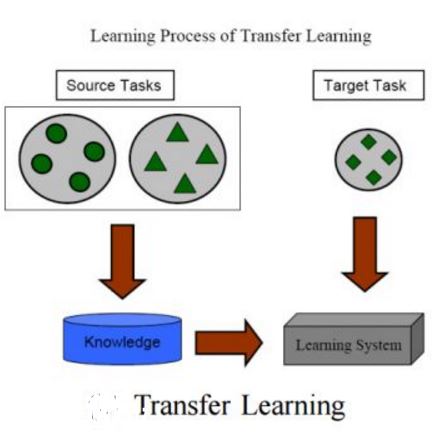For the 2024 U.S. presidential election, would negative, digital ads against Donald Trump impact voter turnout in Pennsylvania (PA), a key "tipping point" state? The gold standard to address this question, a randomized experiment where voters get randomized to different ads, yields unbiased estimates of the ad effect, but is very expensive. Instead, we propose a less-than-ideal, but significantly cheaper and likely faster framework based on transfer learning, where we transfer knowledge from a past ad experiment in 2020 to evaluate ads for 2024. A key component of our framework is a sensitivity analysis that quantifies the unobservable differences between past and future elections, which can be calibrated in a data-driven manner. We propose two estimators of the 2024 ad effect: a simple regression estimator with bootstrap, which we recommend for practitioners in this field, and an estimator based on the efficient influence function for broader applications. Using our framework, we estimate the effect of running a negative, digital ad campaign against Trump on voter turnout in PA for the 2024 election. Our findings indicate effect heterogeneity across counties of PA and among important subgroups stratified by gender, urbanicity, and education attainment.
翻译:暂无翻译




